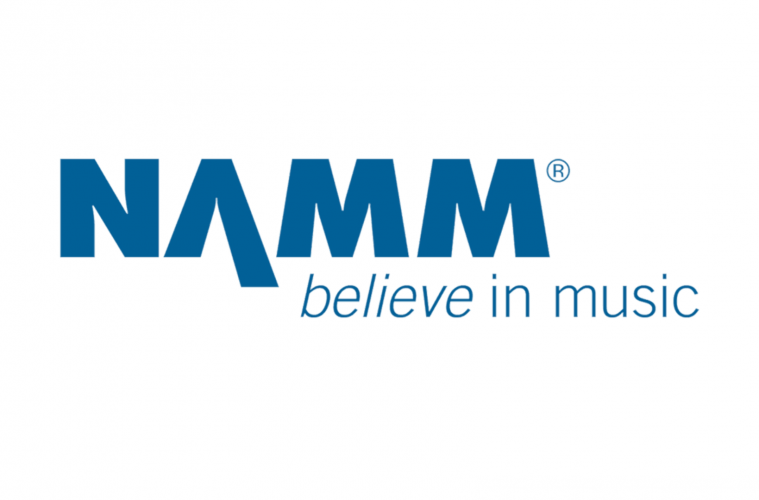NAMM president and CEO Joe Lamond issued a letter about the state of the industry to the entire MI industry.
“We’ve reached the one-month milestone of government-ordered shutdowns, creating unbelievable hardship for so many. In spite of the challenges, seeing how our members have responded has been beyond inspiring,” the letter read. “We’ve witnessed manufacturers retooling to make personal protective equipment, retailers moving their lesson programs and showrooms online, creative band directors and teachers keeping school music programs alive using NAMM member technologies, and of course, the media’s daily coverage of the fundamental role that music is playing in uniting us in our isolated and quarantined reality. One could say that music’s time has truly come.”
The letter went on to describe the future as “unpredictable,” before listing some of the things NAMM is doing to keep the MI industry moving forward. These include the following initiatives:
Tools and Strategies for Financial Relief
NAMM’s lobbying efforts are focused on federal and state small business relief efforts, and to date, the organization has seen countless NAMM members approved for the Paycheck Protection Program. Currently, with the first tranche exhausted, NAMM is working with its partners and other business groups to get Congress to approve more funding.
Use the resources at namm.org as your trusted source for instructional webinars and the latest news regarding funding and rules for applying. NAMM is updating daily, as the news continues to rapidly change.
NAMM U
The NAMM professional development team has created a series of important online sessions, highlighting vital strategies for selling to and taking care of customers in this new world. The next session will be held April 21, so please register now before seats fill up.
NAMM U Online has been experiencing higher page views, as many have had the time to go back and work on their businesses for the eventual reopening to the public. NAMM members are taking advantage of each moment to come back stronger than ever.
Music Education
The speed at which individual and group music instruction has moved online has been nothing short of extraordinary. The tools and technologies that NAMM members have created have been utilized by teachers everywhere, providing vital links to our students while keeping much needed business activity going. An additional and perhaps unintended result has been the rise of virtual online concerts and live songwriters showcases. (Leave it to NAMM artists to continually push new boundaries!) And depending on “social distancing” rules going forward, this trend probably won’t be ending any time soon.
Some Historical Perspective
Lamond concluded his letter by offering some historical perspective on the COVID-19 crisis.
“An important part of joining the NAMM Board of Directors is an orientation that includes a historical look at the association’s 120-year history,” he wrote. “That includes a video highlighting important moments, including the periods of the Great Depression and WWII. In the video, there are black-and-white scenes of heartbreaking unemployment, business bankruptcies and food lines— a couple of data points for perspective, from 1928 to 1932, the number of piano manufacturers fell by 70 percent, while the number of pianos brought to market dropped by 86 percent. And total industry sales during that same period fell by a jaw-dropping 93 percent. Innovation took the industry in new directions, though, with the development of the spinet piano in 1935, which helped revive piano sales across the board, as well as the introduction of electronic instruments, ushering in an entirely new product segment and launching the industry into an expansion that continued to this day.
Looking at those old photos and videos, no one could ever have imagined that we might find ourselves there again, yet in many ways, here we are. My feeling is that it seems like each generation looks at the arc of progress and feels a little superior, perhaps thinking, “Ah, those poor folks. Look what they had to live through.” But we can learn a lot from the past. Industry leaders of that period looked straight into the eye of the tiger and overcame every obstacle, just as we need to do now. Maybe that is the true measure of courage.”


